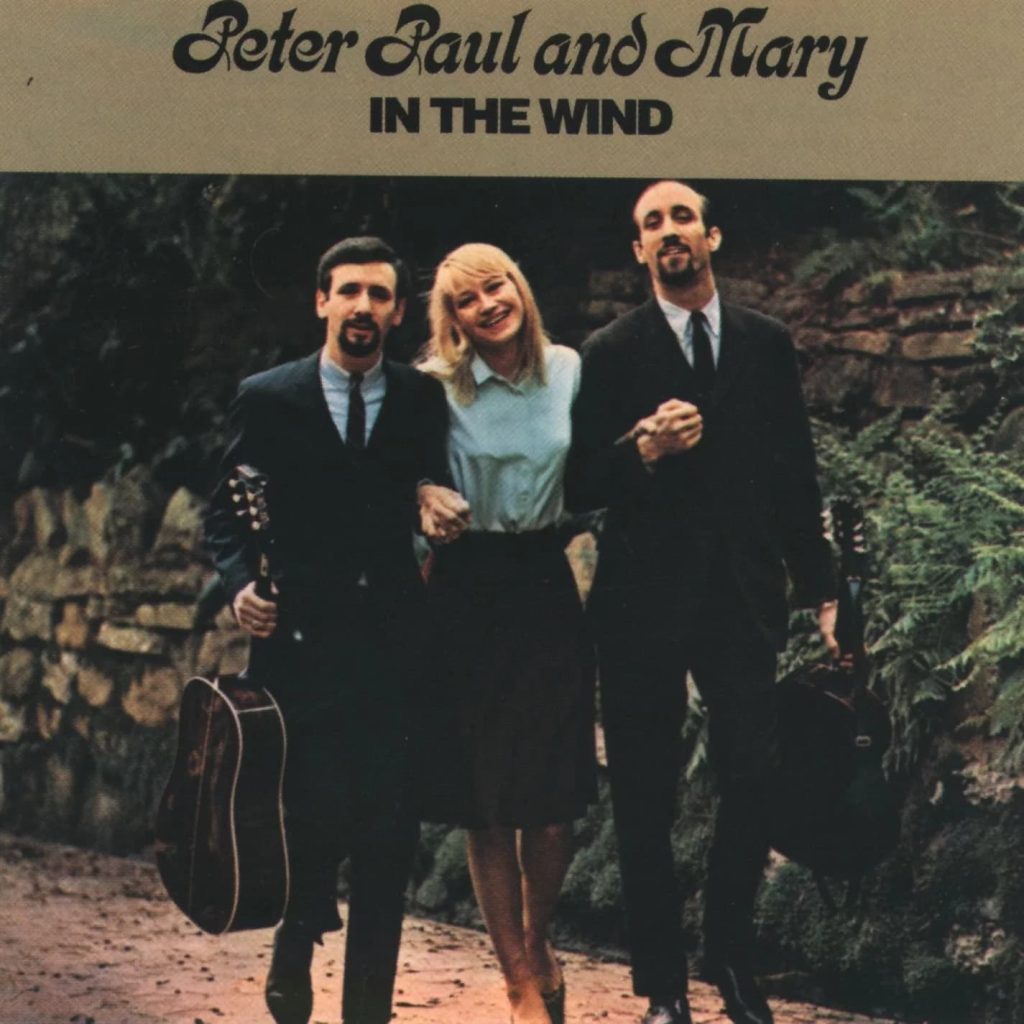
Peter, Paul and Mary – Blowin’ in the Wind
One of the most iconic songs of the 1960s, “Blowin’ in the Wind” was brought to life by the beloved folk trio Peter, Paul and Mary. Released in 1963 as part of their debut album, this poignant anthem resonates deeply with themes of peace, freedom, and social justice. Written by Bob Dylan, the song quickly became a cornerstone of the folk music movement and is often regarded as a timeless protest song. Upon its release, it peaked at number 2 on the Billboard Hot 100 chart, solidifying its status as a classic.
“Blowin’ in the Wind” is characterized by its simple yet profound lyrical structure, which poses a series of rhetorical questions about life and humanity. The trio’s harmonious vocals intertwine beautifully with gentle guitar strumming, creating an inviting sound that draws listeners in. Each verse presents thought-provoking inquiries about war, civil rights, and the human experience, compelling the audience to reflect on their own values and beliefs. Lines like “How many roads must a man walk down before you call him a man?” resonate with the struggles faced during a tumultuous era in American history, particularly the civil rights movement.
What sets Peter, Paul and Mary apart in their rendition is their ability to convey emotion and sincerity through their performances. Their version of “Blowin’ in the Wind” transforms Dylan’s original composition into a soothing and powerful anthem. The group’s unique vocal harmonies and passionate delivery make the message of the song even more impactful. The song not only addresses societal issues but also serves as a reminder of the quest for understanding and compassion among individuals.
In the context of the 1960s, when the United States was grappling with significant social changes, “Blowin’ in the Wind” became a rallying cry for activists and a symbol of hope. The song’s enduring appeal lies in its ability to transcend time; it continues to inspire new generations to seek answers to the complex questions posed within its verses. Over the years, it has been covered by countless artists and has found its way into various cultural contexts, from protests to memorials, highlighting its universal significance.
The legacy of “Blowin’ in the Wind” cannot be overstated. It remains a quintessential part of American folk music history and has been preserved as a powerful statement for social change. Peter, Paul and Mary’s contribution to this timeless piece not only helped to popularize the song but also cemented their place in the annals of music history. Their heartfelt rendition resonates with listeners to this day, reminding us that the answers we seek are often “blowin’ in the wind.”